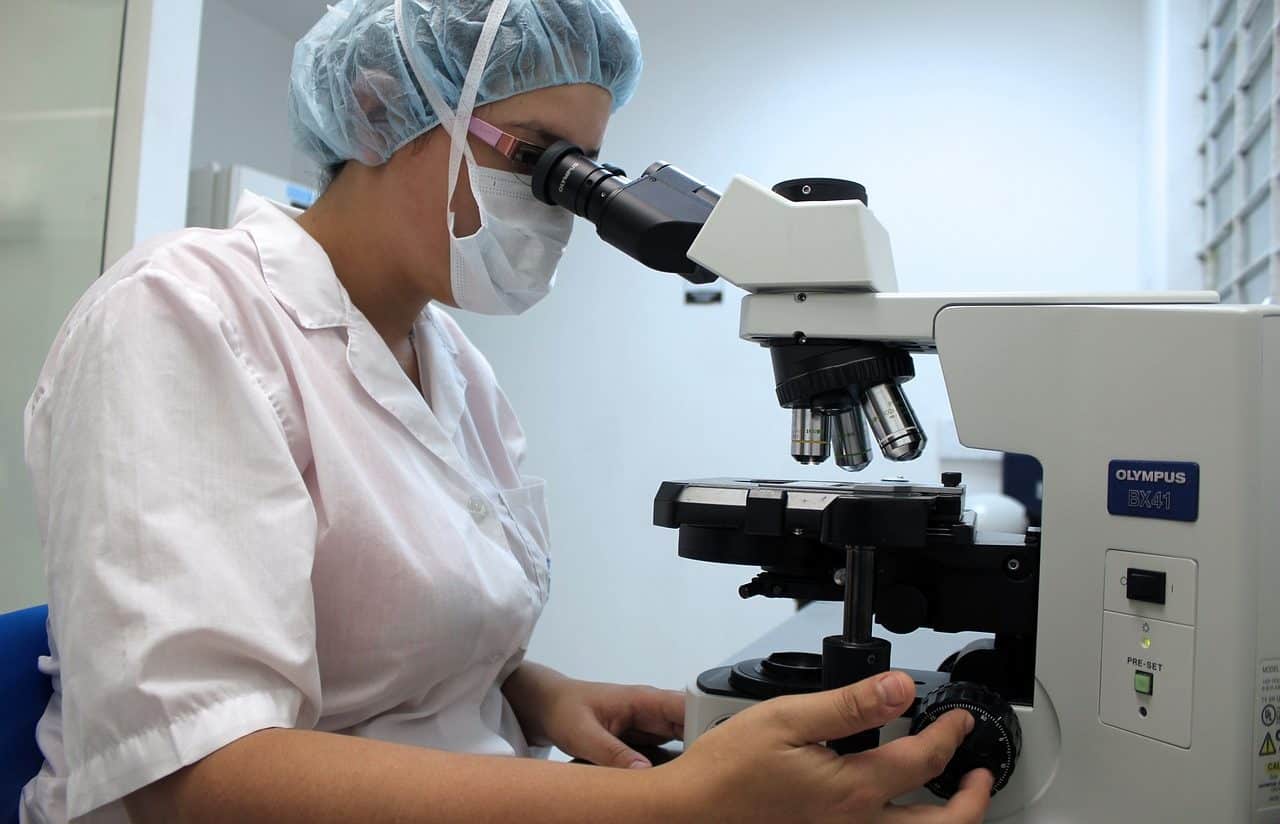
The abnormal is something that is outside the norm or the natural state.
Abnormal is an adjective that is used to name that which is outside its natural state or the conditions that are inherent to it . For example: “It goes without saying that the birth of an animal with two heads is something abnormal,” “It is abnormal that it is so hot in this part of the world,” “I have detected some abnormal results in the study.”
To understand the concept of abnormal, we must first know what normal is. Normality is linked to something that is in its natural state or that serves as a rule or norm . It is possible to associate the normal with the common or the usual.
Concept of abnormal
The abnormal, therefore, is just the opposite: the unusual, what escapes the common or logic. Suppose that, in a certain country, nine out of ten people have black or brown hair. It could be said that it is normal, then, for the inhabitants of said nation to be dark-skinned. The birth of a blonde or red-haired baby there is therefore an abnormal event, in the sense that it is rare.
It is important to keep in mind, however, that the notion of abnormal usually has a negative or discriminatory connotation . Normality, after all, can be subjective or, as in the previous example, a simple consequence of statistics . That does not mean that what is abnormal is bad or condemnable: it is simply different or unusual.
Morality also usually affects the definition of what is abnormal. If monogamy is normal in a society , a person who has simultaneous romantic relationships with several partners will be considered abnormal.

A cytology may give an abnormal result.
A vaginal cytology result
Vaginal cytology is a study that aims to detect cancer in the cervix, and is carried out by scraping its opening to extract cells and examine them under a microscope. To do this, the patient is asked to lie down on a table and extend her legs on two stirrups, after which the sample is taken. One of the possible results is called abnormal, mainly due to the presence of cells that are not recognized as part of the cervix.
It is worth mentioning that this test does not offer absolute precision and that cervical cancer can go undetected in some cases. When the result is abnormal, there are several possibilities:
- ALMOST : atypical cells are detected in the cervix although the causes of their presence are not known with certainty, which may well be the human papillomavirus or an imminent cancer.
- LIEBG : this is a low-grade intraepithelial lesion , which can warn about the appearance of cancer .
- LIEAG : similar to the previous one, but high grade , and with more possibilities of cervical cancer:
- Carcinoma in situ : This result usually means that the abnormalities point to the development of cervical cancer if proper treatment is not given.
- Atypical squamous cells : the changes detected in this case may indicate a high-grade intraepithelial lesion ( LIEAG ).
- Atypical glandular cells : There is a possibility that cancer may appear in the cervical canal or inside the uterus itself.
In any case of abnormal vaginal cytology, complementary studies are usually indicated, which may include a biopsy directed by colposcopy and a human papillomavirus test to rule out its presence. When the changes seen in a cytology are not worrying, the most common thing is that the test is repeated within a period of 6 to 12 months.
